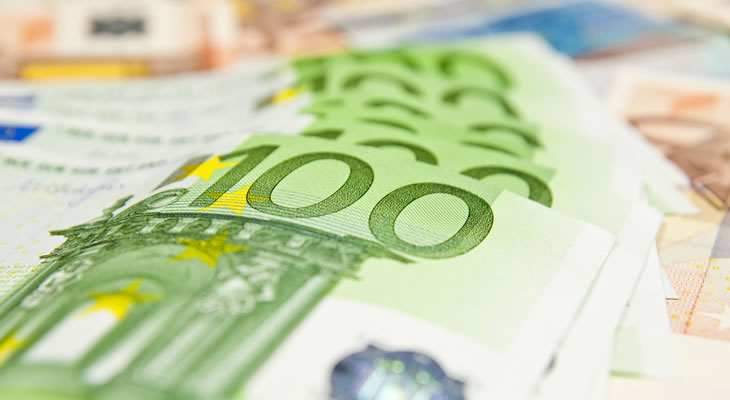Monday saw the publication of Manufacturing PMIs for the Eurozone and Britain, which slightly improved the Euro to Pound exchange rate after last week’s decline.
EUR GBP ended last week at the level of 0.84 after a week of Brexit optimism and UK ecostats which cooled market concerns. This was the lowest level for the Euro Pound exchange rate since late February.
The Euro to Pound exchange rate’s gains on Monday have been modest compared to last week’s drop but have seen the pair recover to over 0.85. EUR GBP could advance even further later in the week if Markit’s March PMIs continue their current trend – especially Wednesday’s services PMI results.
Monday’s manufacturing PMIs for the Eurozone generally met expectations, while Britain’s March manufacturing print disappointed investors.
The most important manufacturing PMIs from Germany and the Eurozone came in at 58.3 and 56.2 respectively and mark a solid improvement from February’s 56.8 and 55.4 stats.
Notably though, this marked Germany’s best manufacturing PMI since May 2010, while the Eurozone’s factory sector grew at its fastest rate overall since April 2011.
Other manufacturing stats in the currency bloc were mixed. Italy’s manufacturing PMI came in well above expectations, while Spain’s and France’s prints disappointed.
Overall however, the solid improvements were enough to bolster the Euro against the Pound, especially as investors reacted to Britain’s own March manufacturing PMI.
Britain’s manufacturing PMI fell from 54.5 to 54.2 in March, failing to come in at the expected 55.1. The previous result was also revised lower as it was originally 54.6.
Analysts reacted to the disappointing UK data by predicting that UK factories could continue suffering from lower consumer demand throughout the year. Ms Lee Hopley, chief economist from EEF (a manufacturers’ organisation) stated;
‘Today’s data certainly doesn’t set off any alarm bells but it does signal that the consumer, one of the big props of UK growth in recent years, is already under the cosh and if there is any loss of momentum in the global economy, these strong manufacturing indicators could falter.’
With this week’s manufacturing PMI painting a more detailed image of how Eurozone and UK factory movement could be in the mid to long-term, Wednesday’s services PMI are likely to be even more vital.
Wednesday will see the publication of Markit’s final March services and composite PMI prints for the Eurozone and for Britain. The services sector makes up the majority of Britain’s Gross Domestic Product (GDP).
Britain’s services PMI is projected to improve slightly, from 53.3 to 53.5. If the figure meets expectations, the Pound could find support this week and concerns that Britain’s economy is already starting to slow due to falling consumer activity will be eased.
However, if they disappoint Sterling could plunge and EUR GBP could recover from its recent lows.
Concerns have risen in recent months that the low value of the Pound is causing inflation that consumers are not able to keep up with, due to slowing wage growth.
Less consumer activity would lead to slower demand for services and factory orders, which could have a notable negative effect on Britain’s economy in the coming year. This could certainly lead to big gains for EUR GBP.
At the time of writing this article, the Euro to Pound exchange rate trended in the region of 0.86, while the Pound Euro exchange rate traded at around 1.17.


Comments are closed.